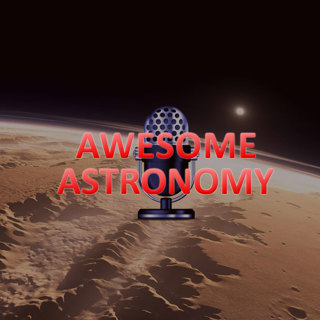Jaksokuvaus
The Discussion: Festive cheer, academic hiatuses, magnificent cheeses, a surfeit of meat, space themed presents and listeners’ emails. The News: Rounding up the space and astronomy news this month we have: The Milky Way gives birth to around 7 stars per year Watching a star being born from a nearby massive star A new way to map the dark matter in our universe Where’s the methane on Mars? Saturn’s rings are more short lived than we thought The discovery of another outer solar system object Main news story: 1) The ALMA telescope helps to understand how solar systems form and why newly forming planets don’t spiral into their host star. 2) The International Astronomical Union has its 100th anniversary in 2019 and there will be a series of events (probably near you) to celebrate a century of astronomy. The Sky Guide: Covering the solar system and deep sky objects on offer to amateur astronomers in the first month of the New Year. Ralph: The Quadrantids peak on 3rd/4th January, a total lunar eclipse on 21st January, and Comet 46P Wirtanen still in our skies. Jeni: Mars and Uranus in Pisces, a glimpse of Neptune in Aquarius, Venus blazing away before dawn, and Jupiter in Ophiuchus. Paul: The Christmas Tree Cluster, Snowflake Cluster, Cone Nebula and the Fox Fur Nebula in Monoceros. Main Deep Sky Object: M45, the Pleiades Cluster. Q&A: Listeners’ questions via email, Facebook & Twitter take us on a journey into the astronomy issues that have always plagued our understanding or stretched our credulity. This month we take a look USAF’s rocket funding decision: Could you explain light year, parsec, universal galactic unit and warp one, and how they relate to one another? Steve Parry, Wales.

